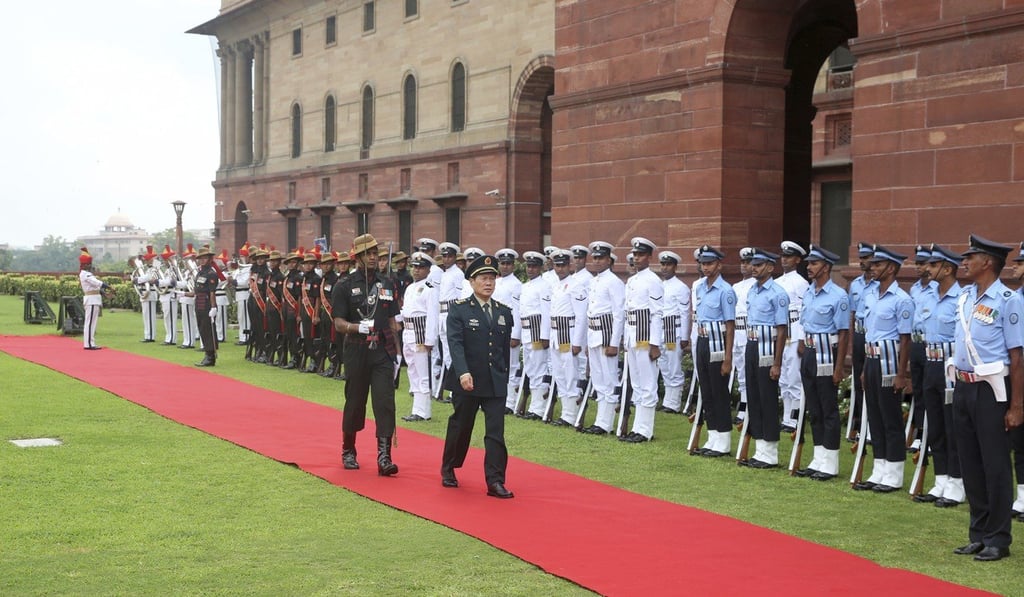Has flood warning turned the tide in China-India relations?
Just a year ago China was being blamed for a deluge in northeastern India. Now, following its tip off about the rising waters of the Tsangpo, it is being praised for minimising the damage

The early warning China issued to India in August on the rising waters of its Tsangpo river – which hit its highest level in 150 years – gave the Indian authorities enough time to prepare. The Tsangpo, which originates in Tibet, flows downstream to what India considers its easternmost state of Arunachal Pradesh (the region China considers a province of South Tibet), where it is called Siang, and then to Assam, where it is known as the Brahmaputra. Thousands of people in scores of districts in Assam and Arunachal have been affected in the latest floods, but the losses are minimal in comparison with the devastation last year, which killed 130 people and left three million people stranded.

New Delhi had then blamed China for breaking an earlier agreement to share hydrological data. In 2006, India and China had signed a pact under which China would share hydrological data from May 15 to October 15 every year for the Bhramaputra and Sutlej rivers, both of which originate in Tibet. The two sides renewed the agreement in memorandums of understanding signed in 2013 and in 2015. But when floods struck northeastern India last year, reports surfaced that China was not adhering to the agreement. There was speculation that China held back on the data in retaliation for the 73-day military stand-off between Indian and Chinese soldiers in Doklam near Bhutan around the same time.
On its part, China said its hydrological systems were washed away by floods, as a result of which it was unable to share data.
The lingering bitterness resurfaced late last year, when the more raucous sections of the Indian media began to buzz with a new China conspiracy story – the blackening of the Brahmaputra river in northeastern India. Seizing on a lawmaker’s allegation that Chinese excavations were releasing extraordinary levels of slag in the water, several media outlets saw in the discolouring a “sinister plot” from across the border.